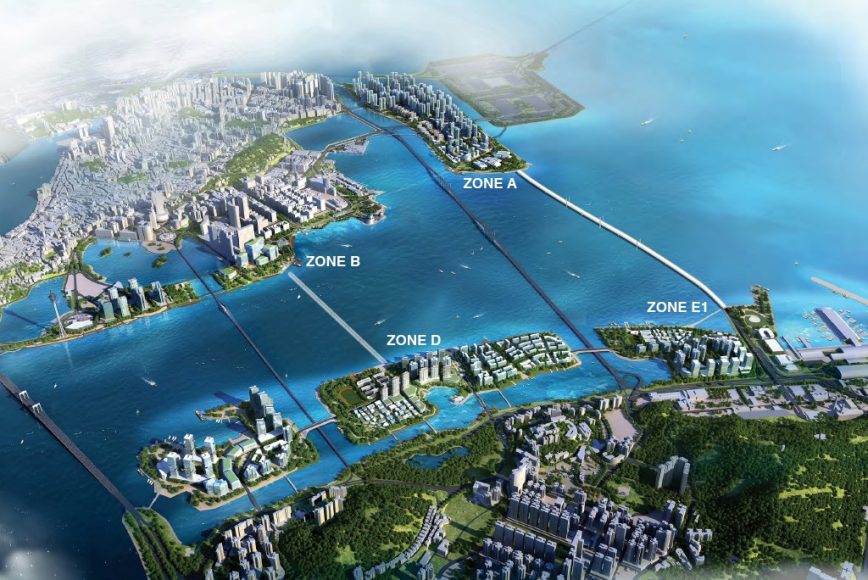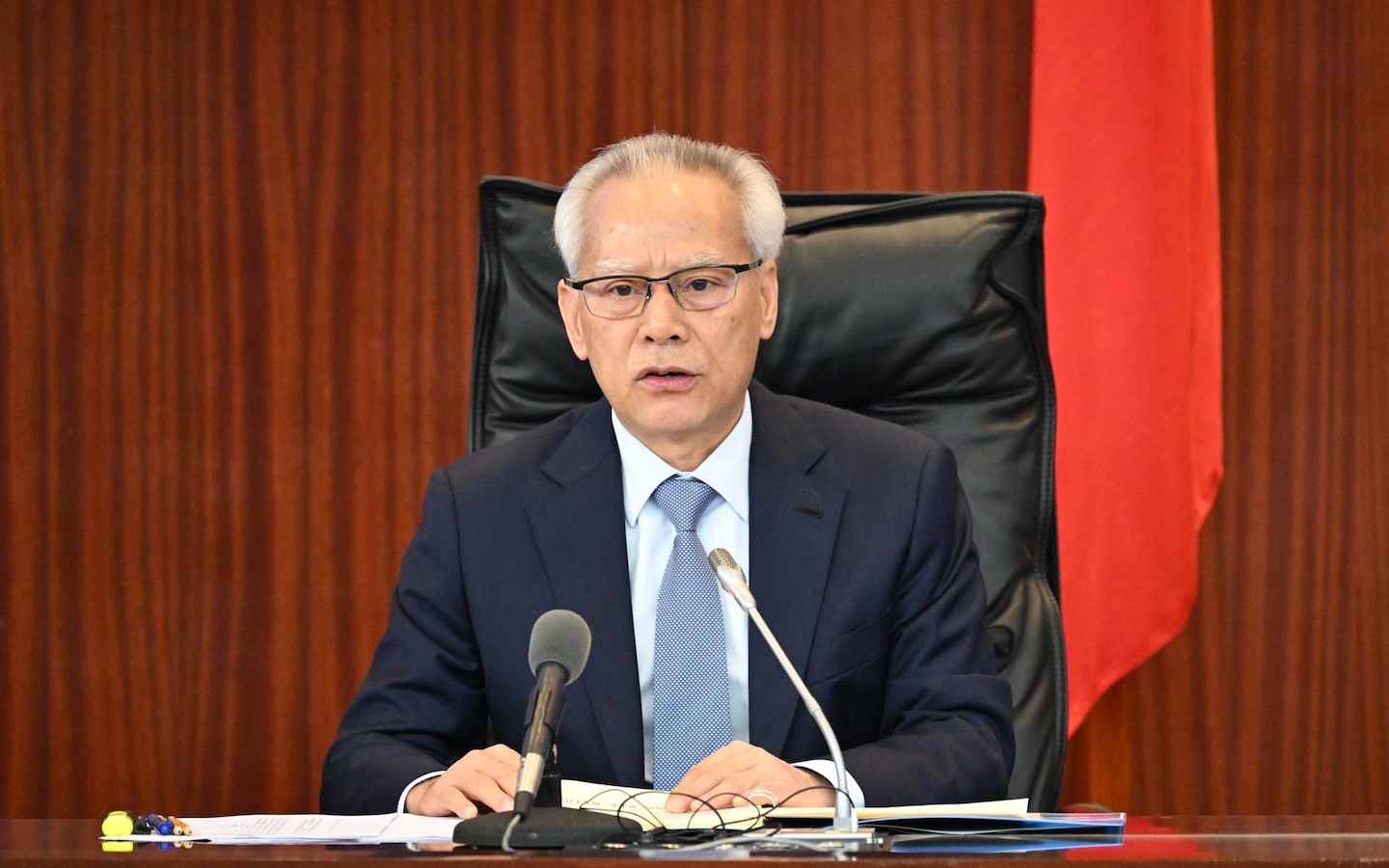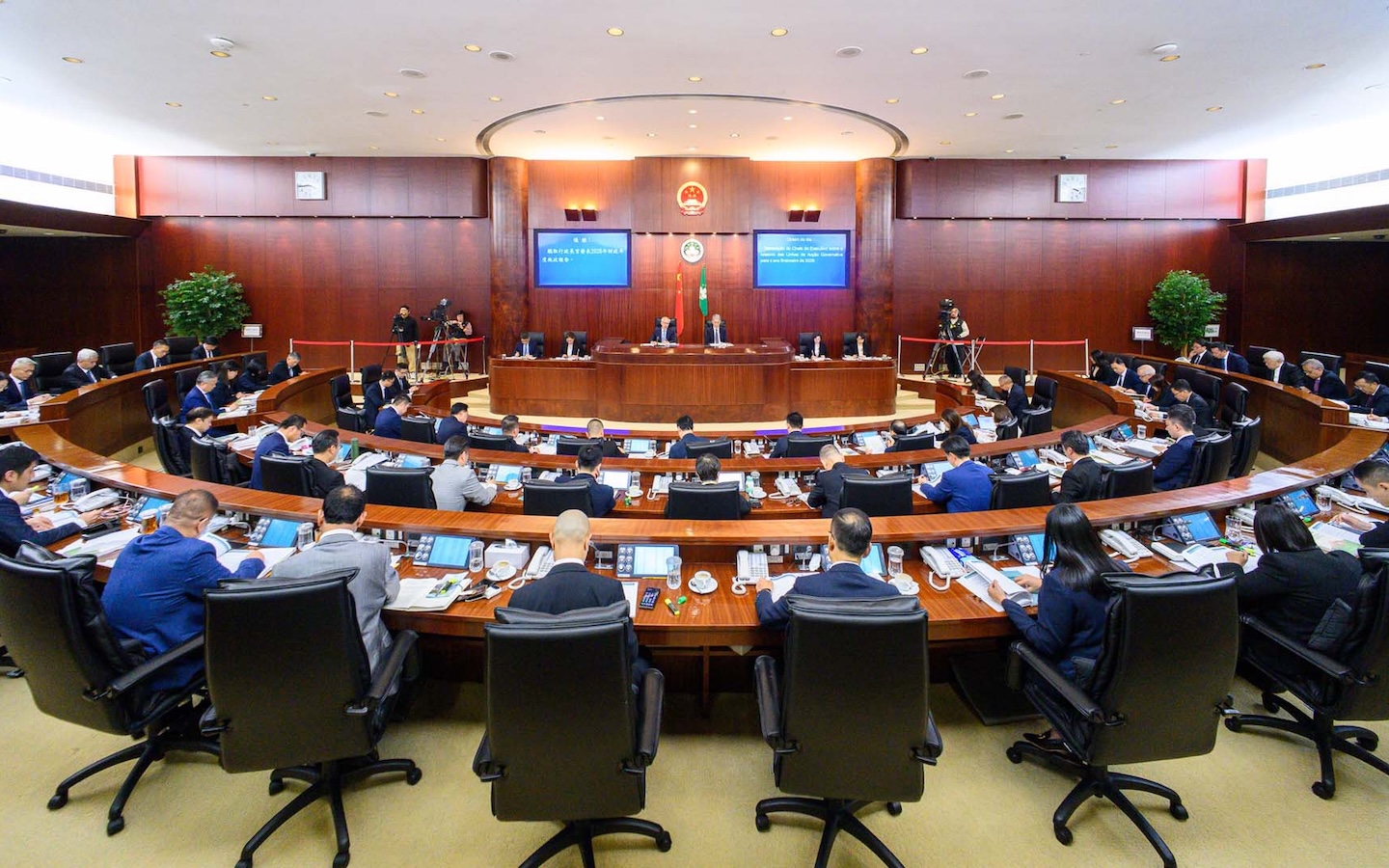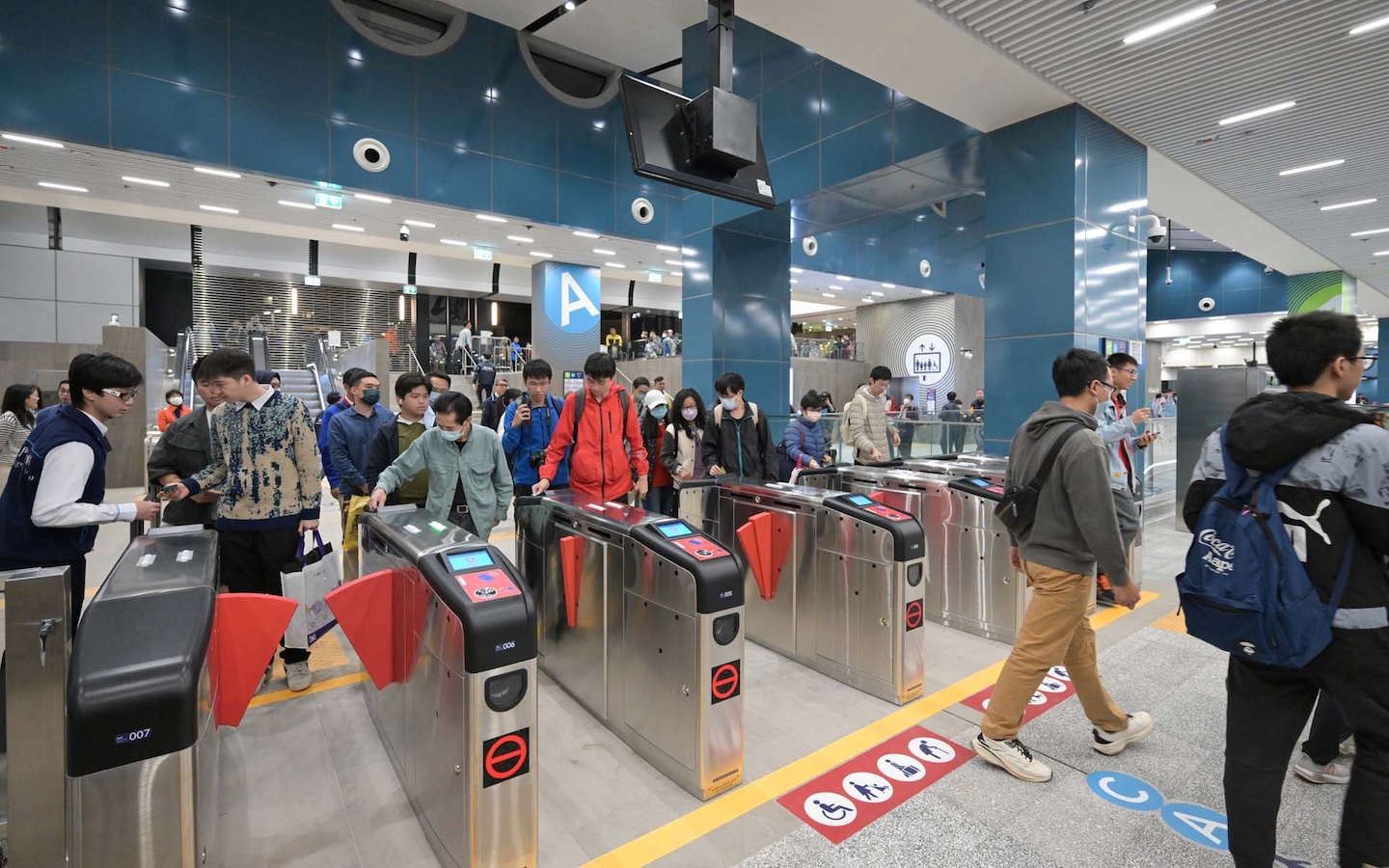TEXT Christian Ritter
Over the next decade, Macao will undertake a series of new infrastructure projects that promise to improve the lives of its citizens by reclaiming land, adding new public housing, and improving transportation. Among the slated projects are a new bridge and a tunnel linking the Macao Peninsula to the Taipa Island
The Macao government will release its plan for a tunnel project on the east side of the Governador Nobre de Carvalho Bridge – earmarked as the fifth Macao‑Taipa link – at the end of 2017, according to Ho Ion Sang, head of the Legislative Follow‑up Committee for Land and Public Concession Affairs.
The tunnel will connect Zone B, off NAPE in the Macao Peninsula, and the future Zone D, off the northern coast of Taipa. Construction of Zone D will begin later this year in the area between the Nobre de Carvalho Bridge and the Friendship Bridge. Zone B’s reclamation, covering an area from the Macao Tower to the Kun Iam statue, has already been completed.
According to the government, the reclaimed land near the statue will be used to build facilities for local courts and legal departments.
Ho’s announcement came after a closed‑door committee meeting in June 2017 with government representatives, including the Secretary for Transport and Public Works Raimundo do Rosário, and Lands, Public Works and Transport Bureau (DSSOPT) Director Li Canfeng, to brief them on the progress of the government’s half‑dozen land reclamation projects.
The six new land reclamation zones, officially known as A, B, C, D, E1 and E2, will reclaim a total area of five square kilometres from the Pearl River.

New bridge, new homes
The government announced new details of the construction of the proposed fourth Macao‑Taipa link, connecting Zone A off the north‑eastern coast of the peninsula and Zone E1 in Pac On, in Taipa, near the international airport and the recently‑opened Macao Maritime Ferry Terminal.
Zone A and Zone E1 are still under construction. The Zone A reclamation, scheduled for completion by the end of 2017, will add 1.38 square kilometres and be used primarily for public housing.
The government has chosen a Hong Kong contractor to oversee and manage the project and the budget of the construction of the fourth bridge between Macao and Taipa. The MOP188.37 million (US$23.54 million) contract was granted to Ove Arup & Partners Hong Kong Ltd., a design and engineering solutions company. The company will provide the service from 2017 to 2021.
Ove Arup & Partners Hong Kong Ltd. have extensive experience with international projects, including the Sydney Opera House, the Centre Pompidou in Paris, and Beijing’s Water Cube.
In 2014, the company was hired by the Macao government to develop the road infrastructure project on the Macao side for the Hong Kong‑Zhuhai‑Macao Bridge (HZMB) at a cost of MOP13.7 million. They also conducted a study that year regarding the extension of the Light Rail Transit (LRT) line to Hengqin Island, in a consortium with China Railway Siyuan Survey and Design Group Co. Ltd.
In September 2016, the government announced that the initial design of the fourth Macao‑Taipa connection project was granted to CCCC Highway Consultants Co. Ltd., a mainland China‑based infrastructure design company.
The project involves a 3.5 kilometre‑long bridge linking the eastern side of the new artificial island for the HZMB – reclaimed on the outer shore of the Macao Peninsula – to the land reclaimed near the maritime terminal and the Macao International Airport in Taipa, with a total cross‑sea span of 2.87 kilometres.
No announcement has been made yet regarding who will build the fourth bridge between Macao and Taipa, but according to the Macao Five‑Year Development Plan (2016‑2020), the works will start this year and will be concluded by 2019.
The new bridge will open in 2020.
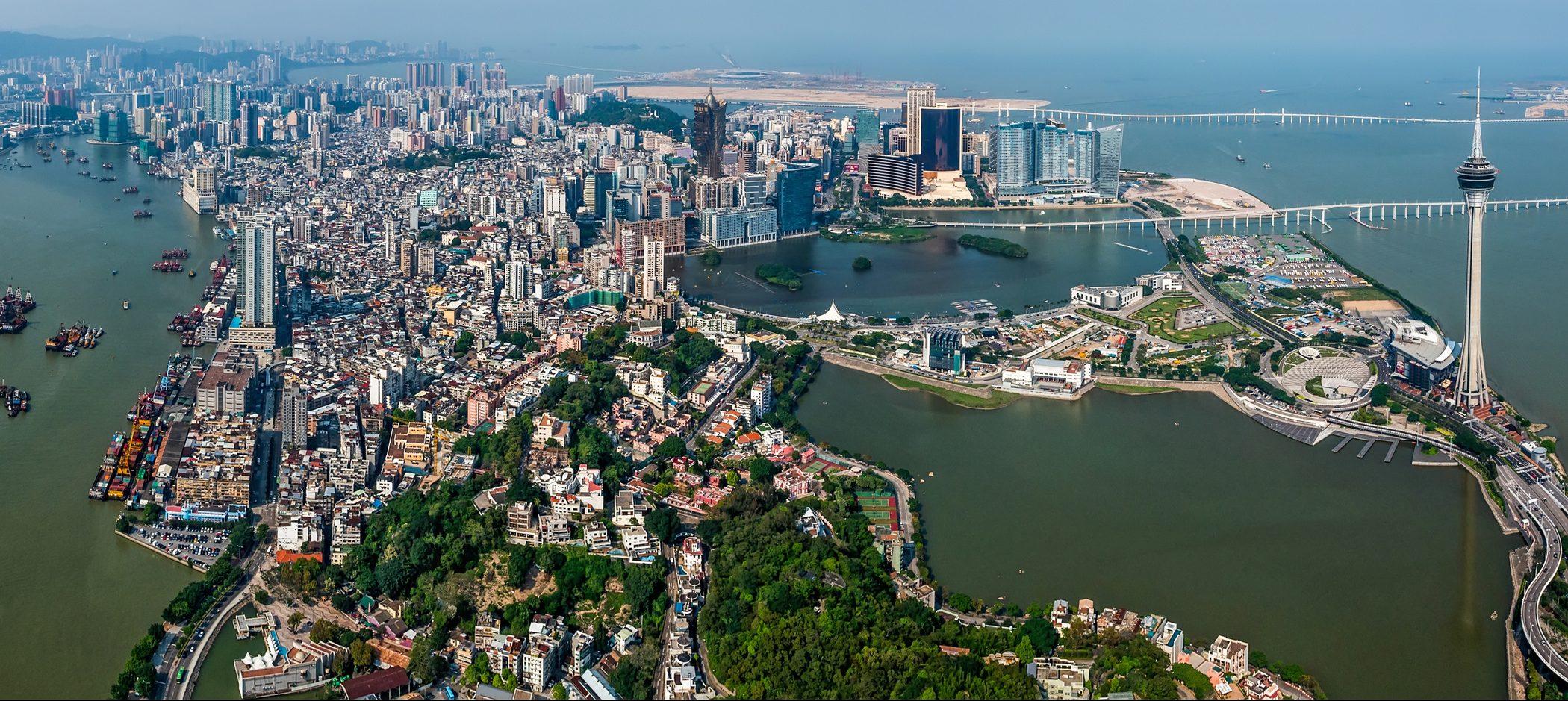
Connecting Macao
The Macao Peninsula is currently linked to Taipa by three bridges: Nobre de Carvalho (1974), Friendship (1994), and Sai Van (2004).
The Lotus Bridge was inaugurated in 1999, linking Taipa Island to Hengqin Island in Zhuhai, in the Guangdong province. The project sought to reinforce the links between Macao and mainland China under Belt and Road initiative and to create a megalopolis under the Guangdong‑Hong Kong‑Macao Greater Bay Area initiative that includes the three cities.
By the end of 2016, the total area of Macao was 30.5 square kilometres.
In 2015 the Macao Special Administrative Region gained jurisdiction over a sea area of 85 square kilometres. The State Council of China authorised that certain area’s within this new sea zone could be used for the construction of landfills.
The State Council also decided that Macao would have jurisdiction over Canal dos Patos, where there will be a new border, and the land on which the Portas do Cerco border post is now located.

